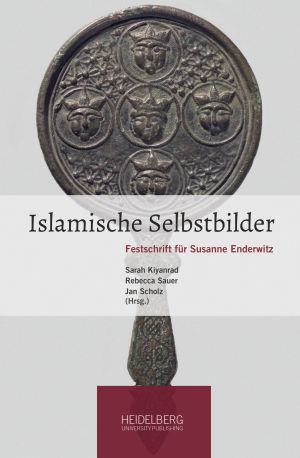Zitationsvorschlag
Lizenz (Kapitel)

Dieses Werk steht unter der Lizenz Creative Commons Namensnennung - Weitergabe unter gleichen Bedingungen 4.0 International.
Identifier (Buch)
Veröffentlicht
The Term Ġulāt and Its Derivatives
From Heresiography to Self-Description
Abstract Since medieval times, Muslim heresiographers have characterized several groups as ‘exaggerators,’ in Arabic ‘ġulāt.’ While the term re-surfaced in anti-Safawid texts in the fifteenth and sixteenth centuries, it has regained actuality with the rise of Oriental studies since the nineteenth century. Building on editions of medieval texts, writers researching non-mainstream Islamic, Islamicate or historically Islam-related communities have used the term in the sense of ‘heresies’, when describing a spectrum of groups and traditions on the margins of Sunni and Shii mainstream Islam. In this function, it became one standard descriptive denominator in discourses of contemporary groups such as the Syrian ʿAlawī-Nuṣairī, Iranian Kurdish Ahl-i Ḥaqq, or Anatolian Alevis. Besides other features, such as ‘syncretistic’ and ‘heterodox,’ even researchers with a background in the groups mentioned already sometimes include the term in attempts to describe their traditions. More recently, Kathryn Babayan adopted it as a denominator for an alleged sub-stream of Islam, broadly identified with late-antique pre-Islamic and implicitly ancient Iranian religion, curiously a relationship already noted by the mentioned early heresiographers. This contribution aims to trace back the history of the reception of the term ‘ġulāt’, and its implication for the recent history of alleged ‘ġulāt’ groups.
Keywords Ġulāt, Heresiography, ‘Heterodox’ Islam, Exaggerator






